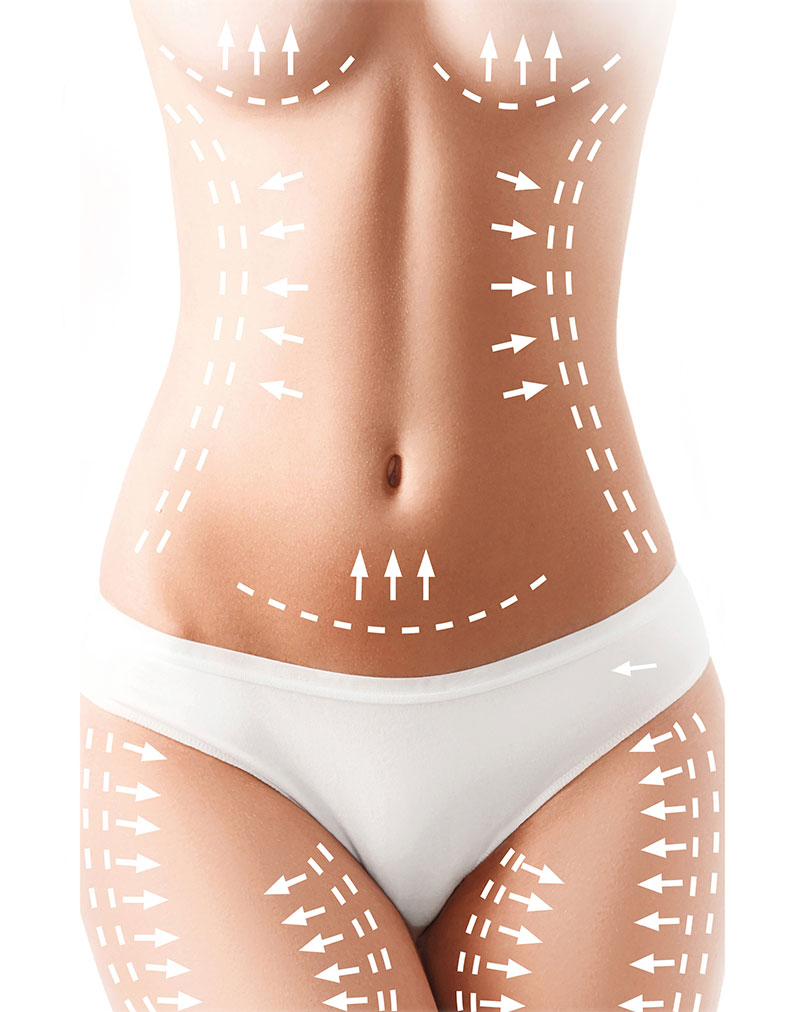Renuvion
Read more about Renuvion Cosmetic Technology: https://www.renuvion.com/for-patients/

Additional Facts
Who is a good candidate for Renuvion?
Healthy individuals who are frustrated with loose skin are good candidates for Renuvion. This procedure is a great choice for patients who don't want a highly-invasive surgery or the accompanying scarring and downtime
What are Renuvion contraindications?
Severe or uncontrolled systemic diseases, connective tissue disease, malignancy, unrealistic expectations, local skin pathology and pregnancy.
Note: A contraindication is a condition or factor that serves as a reason to withhold a certain medical treatment due to the harm that it would cause the patient.
How is this procedure performed?
Using a unique combination of helium plasma and radiofrequency (RF) energy, Renuvion quickly heats to the ideal temperature for tissue contraction, allowing you to achieve the best possible results in a short period of time. This minimally invasive procedure can be performed with a local anesthetic or while you’re asleep, depending on what you and your doctor feel is best.
During the procedure the Renuvion energy is applied underneath the skin, heating the collagen and other structures to the temperatures needed for optimal tissue contraction. This heating is done quickly and the tissue is cooled back to baseline in less than 1 second.
How long does the effect last?
We know the aging process can’t be stopped, but through the use of energy devices, like Renuvion, we know it is possible to contract soft tissues and start the collagen rebuilding process known as neocollagensis. This process takes 6-9 months which is why effects will improve over time. Renuvion is one of the latest game-changing technologies with early data showing results lasting up to 2.5 years.
What should I expect during recovery?
Since the area is numb after the procedure, we routinely do not use narcotics for pain control and pain is easily controlled on acetaminophen (Tylenol). Also, since general anesthesia and narcotics are usually avoided, nausea and vomiting are very rare after the procedure. A compression garment is usually worn postoperatively for 2-4 weeks or longer. Patients are usually discharged to the care of a responsible adult and recover at home. Light activity and early ambulation are encouraged after the surgery. Activities are advanced gradually based on your healing.
Where is the scar?
The scars are very small and usually hidden. These small incisions are difficult to detect after full healing occurs.
Have more questions?
We have a Wish List that allows you to choose the procedures for which you'd like to learn more. You'll be asked to share your name, email address and to give us consent to communicate with you by email or phone. We'll contact you to answer questions and discuss next steps.
Start my Wish List